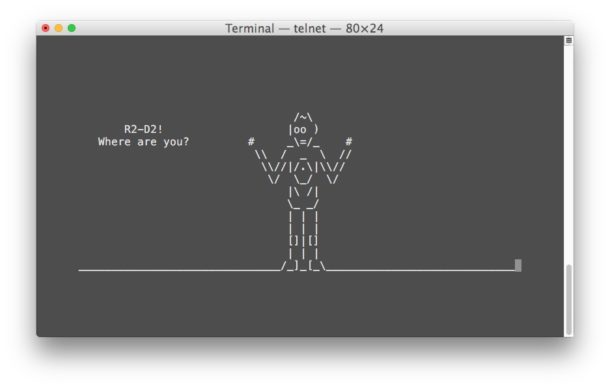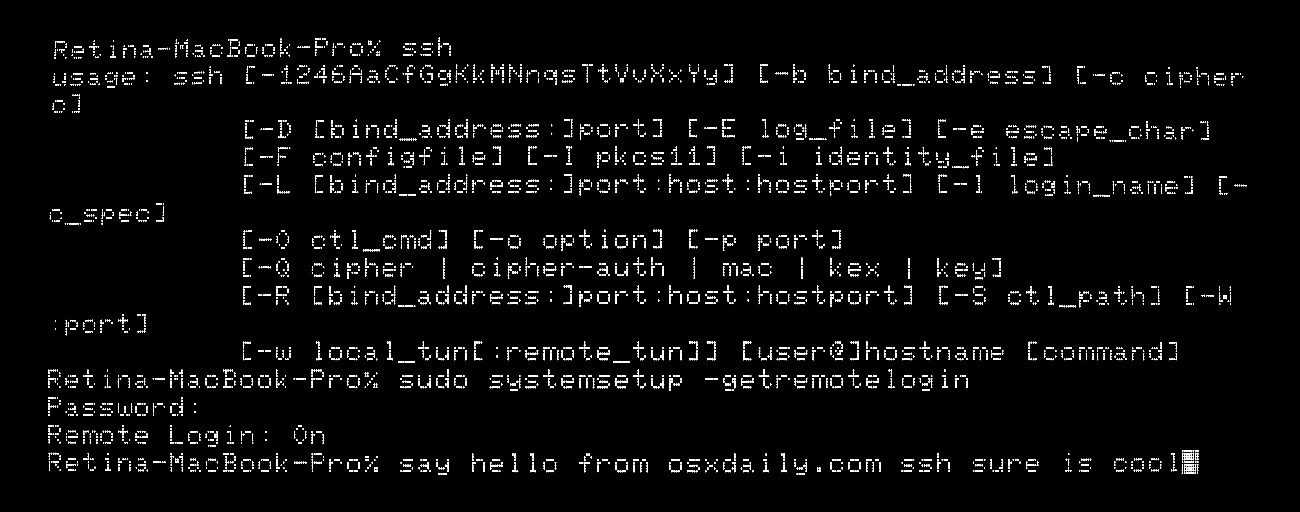Here’s how you can create it. Make sure the USB drive is at least 8GB in size, and nothing else is stored on it. Download the macOS Catalina installation file using this link. Turn off the Mac and then insert the bootable USB drive. Now turn the Mac back on while holding the Option key. It will take you to the boot menu where you can select. However, to run PuTTYgen for mac, the first one must have to install PuTTY. In the terminal, use the following command to start the key generation. Ssh- keygen -t rsa. Next, you will be prompted to provide the location where you want to. Question: Q: Putty on Mac OS Catalina. I am not able to install putty onto my Mac, any suggestions? MacBook Pro 13', macOS 10.15.
Before you can use N-able N-central to monitor and manage computers at a customer's site, you need to install the agent. The Mac agent monitors local services and reports any issues.
There are customer-specific and generic system installers.
The customer-specific installers are pre-configured with activation keys, registration token, customer names, and IP address of your N-able N-central server. As the customer-specific installers are very easy to use, we recommend that you make them your first choice when downloading the agent or probe software.
Generic system installers require you to specify either the activation key, or the IP address of your N-able N-central server and a customer name or customer ID. These installers are useful when you want to keep a copy of a certain version of the agent or probe offline.

You need a universal administrative account on every OS X device to facilitate agent installation. It is recommended that you create at minimum one account for your workstations and a separate account for servers.
To install the agent silently on a Mac OS device, see Perform a Mac agent silent install.
For troubleshooting installation issues, see the N-able MSP Success Center Knowledge Base.
The MacOS agent supports the following operating systems:
Mac Agents
- 10.15 (Catalina)
- 10.14 (Mojave)
- 10.13 (High Sierra)
- 10.12 (Sierra)
You need a device's agent activation key to install the agent software. Activation keys are located on the All Devices view. To copy the agent activation key, hover your mouse over the key icon and copy.
- Click Actions > Download Agent/Probe.
- From the Select Customer/Site drop-down menu, select a customer or site.
- Click Get Registration Token.
When selecting a customer-specific agent to download, the registration token is included in the download. You do not need to generate a key. For more information on registration tokens, see Registration tokens for agent installation.
- In the System Agent/Probe area, click the MacOS Agent link and select a location to download the DMG file.
- Once the install file has downloaded, navigate to the downloaded file location.
- Double-click the DMG file and follow the instructions on the Installer screen.
If you are installing the agent from the customer/site level, the installation proceeds. At the System level, you must enter either the activation key or customer name and ID, also known as an Access Code, which can be found by clicking Administration > Customer/Sites.
Install the MAC agent with the dmg-install.sh script
- From N-central download the 'DMG Installation Script' and the 'macOS Agent (dmg)'.
- Make sure to extract the script into the same folder location as the dmg.
- Use one of the methods below to install:
- With an activation key, retrieved from the central server:
sudo dmg-install.sh -k <activation key>
- Prior to N-central 2020.1, with a Customer Name and Customer ID (Customer name may need to be quoted if it contains spaces or shell meta-characters):
sudo sh dmg-install.sh -s <server endpoint ip/fqdn without the https://> -c <customer name> -i <customer id>
- On 2020.1 or later with a Customer Name and Customer ID (Customer name may need to be quoted if it contains spaces or shell meta-characters):
sudo sh dmg-install.sh -s <server endpoint ip/fqdn without the https://> -c <customer name> -i <customer id> -t <registration token>
- With an activation key, retrieved from the central server:
- Additional Flags:
- -p Specify the protocol for the agent to use.
- -a Specify the port for the agent to use.
- -x Specify an http proxy for the agent to use.
- Once the script has run navigate to All Devices and click the Network Devices tab.
- Click Add.
- Click Discovered Assets.
- Select your device and import it.
Your device should now be added in N-central.
You can confirm this from the Customer level, by navigating to All Devices, and click the Network Devices tab.
Install the MAC agent on Catalina
With Catalina, the Apple gatekeeper requires notarization during installation. The Mac agent installer is signed, but not notarized. When installing the Customer or System DMG installer it can fail to register. To complete the agent installation, you will need to open the System Preferences and select the Security and Privacy option to allow the agent to install.
Keep the System Preferences open for the duration of the install procedure.
- Click Actions > Download Agent/Probe.
- From the Select Customer/Site drop-down menu, select a customer or site.
In the System Agent/Probe area, click the MacOS Agent link.
- Navigate to the downloaded file location and double-click the DMG file.
- Double-click Register the N-central Agent and click OK.
- Open the Security and Privacy system settings options and unlock the settings with the admin password.
- In the Register the N-central Agent dialog, click Open.
- Click Register and enter the user password and click OK.
- Click Cancel for the message saying the .Mac_Agent cannot be opened.
- In the Security and Privacy dialog, in the Allow apps downloaded from area, select App Store and identified developers and click Open Anyway.
- In the subsequent dialog, click Open.
- Enter the user password in the security prompt and click OK.
- This will result in the completion of the install.
After months of beta testing, Apple has rolled out macOS 10.15 Catalina to public users. You can download and install macOS Catalina if you have a compatible Mac. The macOS Catalina brings tons of new features such as the Apple Arcade, Screen Time, Voice Control, Sidecar, and Find My app. It has also replaced iTunes with three independent apps – Apple Music, Apple Podcasts, and Apple TV.
Is your Mac compatible with macOS Catalina?
Here’s the list of Mac devices compatible with the new software update:

- MacBook (Early 2015 or later)
- MacBook Air (Mid 2012 or later)
- MacBook Pro (Mid 2012 or later)
- Mac mini (Late 2012 or later)
- iMac (Late 2012 or later)
- iMac Pro (2017)
- Mac Pro (Late 2013 or later)
How to clean install the new software update
Install Putty On Mac Catalina Download

Upgrading to macOS 10.15 Catalina is pretty simple. Tap on the Apple icon in the top-left corner of the screen, then go to System Preferences > Software Update to download it. Alternatively, you can download it directly from the Mac App Store.
But sometimes upgrading macOS from the previous version to the latest one is not the best way. You might want to clean install macOS Catalina to give your Mac a fresh start without any issues from the previous installation. Here’s how to clean install macOS Catalina from USB drive:
Steps to install
- Take a full backup of all your important data. Save it to the cloud or an external drive
- You have to create a bootable USB drive. Here’s how you can create it. Make sure the USB drive is at least 8GB in size, and nothing else is stored on it
- Download the macOS Catalina installation file using this link
- Turn off the Mac and then insert the bootable USB drive
- Now turn the Mac back on while holding the Option key
- It will take you to the boot menu where you can select the USB drive. If your Mac has the T2 security chip, you have to first enable booting via external drives from macOS Recovery
- After a while, you’ll see the macOS Utilities menu on the screen. Select Disk Utility and then Continue
- Check to make sure you’ve selected the main drive of your Mac. Also ensure that the format is set as APFS or Mac OS Extended
- Now click Erase to wipe out the drive
- Once the drive has been erased, select Install macOS and then Continue. Just follow the on-screen prompts to clean install macOS Catalina
How To Install Putty On A Mac
Once you’ve successfully installed the new software, you can transfer all your data back from the cloud or external storage drive to the Mac. Also, head over to the Mac App Store and re-install all the apps you want.